From Niches to Norm: The Real Value Proposition of Bitcoin
This comprehensive guide explores the evolution of Bitcoin from its beginnings as a digital currency to its growing utility as a platform and store of value. Learn how technological advancements are expanding Bitcoin's use cases and prominence globally.
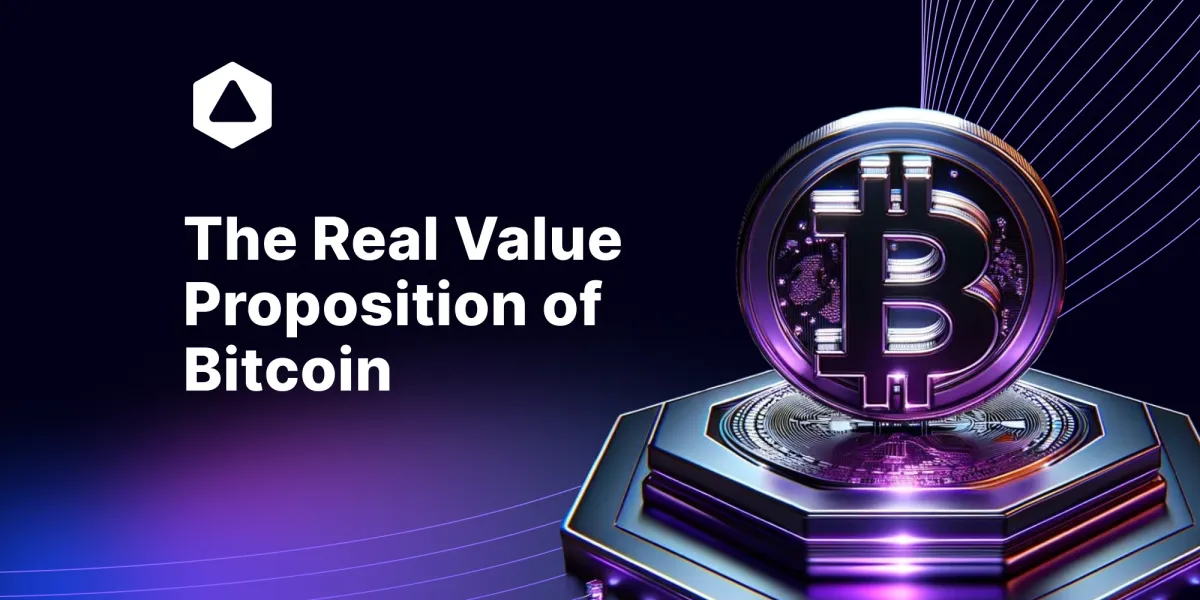
Bitcoin is a phenomenon and has revolutionized the concept of currency by transforming itself. But not only this, it is designed to be more than just a network, it is designed to be the most advanced and safest network of all. Immutable and permissionless. In this article we delve deep into the essence of Bitcoin, providing insights about its history so far and how its decentralized nature as a cryptocurrency is constantly evolving.
The Real Value Proposition of Bitcoin
The value proposition of Bitcoin becomes clear when you conceptualize it as "digital property on the world's first and largest ledger," a term introduced by Michael Saylor. When buying Bitcoin, you're essentially investing in the network's invention itself. The more widespread ownership becomes, the more secure and unchangeable the network grows.
Besides its unique value, the integrity of Bitcoin is preserved through its proof of work, security measures, and network redundancy. Also, its open-source nature, which means anyone can check the code and verify it, actually contributes to its strength and resilience.
Proof of Work
Proof of work is a mechanism that demonstrates a significant amount of computational work.
For example, finding a number that, when added to a block of transactions and hashed, results in a hash output with a specific number of leading zeros.
Simply put, the proof of work is deeply integrated with the transactions and any alteration in the transaction list necessitates finding a new proof of work, which in turn contributes to the integrity of the blockchain. This means the blockchain is constantly changing.
The protocol that dictates the case of conflicting transaction histories, the longest blockchain, will represent the most work and will be accepted as the truth. This means the system of decentralized consensus doesn’t need a central authority to check where it's at, it just needs miners.
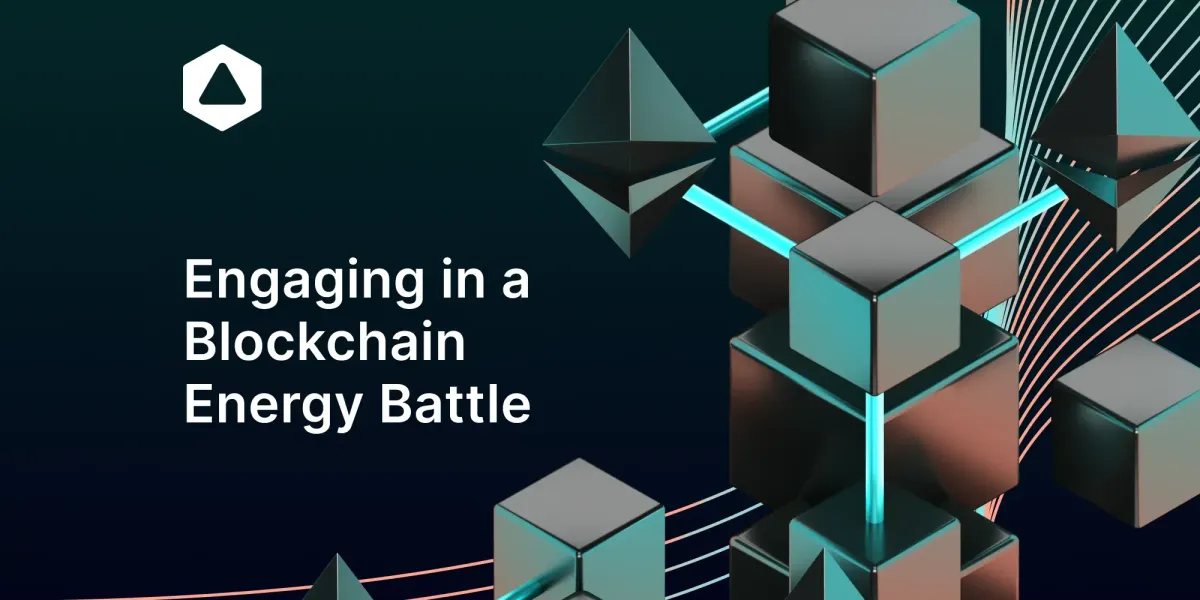
Role of Miners
Block creators, or miners, are participants who listen for transactions, assemble them into blocks, and find valid proof of work. They are rewarded with new currency (bitcoin ) for their efforts. Want to know more about the mining pools controlling the majority of mining operations? Take a look at our article here!
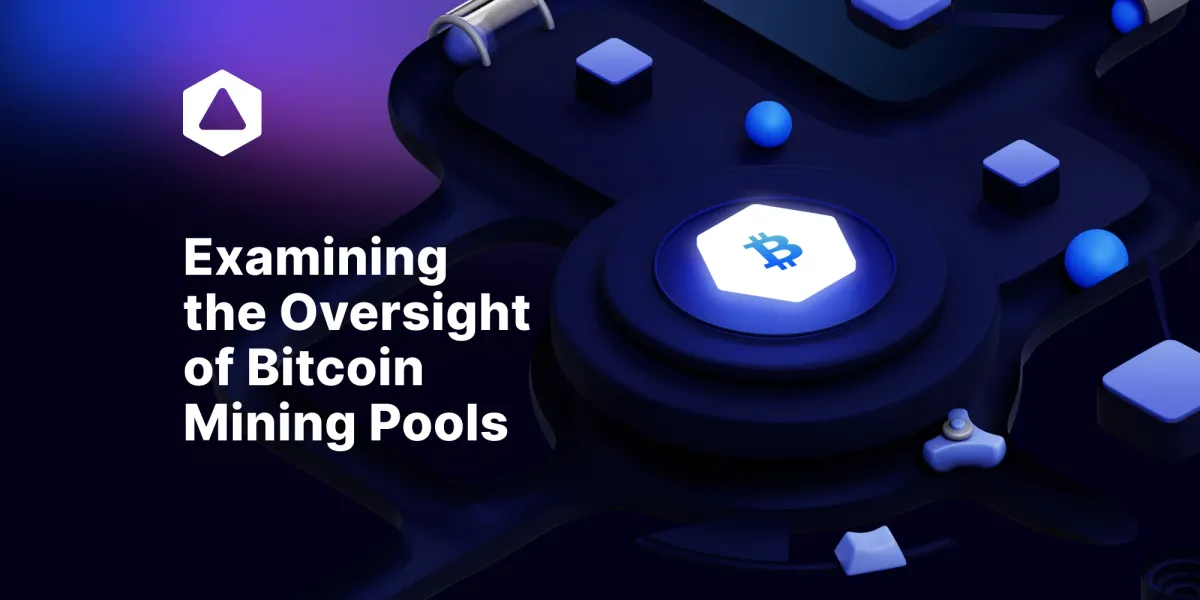
Storing Value
To understand what a store of value is, we need to go back in time and ask ourselves: how does money function as a mechanism for storing value for the future?
Well, ingenuity has always been future-focused, for example when crafting a spear for hunting or developing more efficient fishing tools. The original ape needed this foresight as the bedrock of his civilization. And needed to postpone immediate gratification to prepare for tomorrow.
Durable goods represent this forward-thinking, but ultimately money transcends them as the ultimate store of value. Because, unlike perishable goods or objects with uncertain future utility, money retains its value over time, offering liquidity and reducing the uncertainty of the future.
Unlike consumption goods, money can be exchanged and thus a means of payment. This can be used for personal use, capital goods, or for producing more. We won’t delve too deep into this but important to know is that when looking at Bitcoin, we need to know what money is and why this "common" thing is quite unique.
The Reality of Fiat Money
When discussing fiat money, also known as soft money (more on this later), it's important to understand that its value is not a product of collective hallucination but rather a complex mix of historical events, governmental enforcements, and economic utility.
But in short, the value stems from a collective belief in its purchasing power, which is grounded in the economic framework within which it operates.
Despite the original creation of fiat money being riddled with issues, the world operates on a fiat standard today. But not if it lies in the hands of us crypto peeps.
The Transition to a Bitcoin Standard
The idea of transitioning to a Bitcoin standard from the current fiat system raises questions about the potential paths such a change could take.
It's still unclear if or when governments will officially recognize or adopt it as a standard. Although we are getting there, ETFs bring us another step closer to worldwide mainstream acceptance.
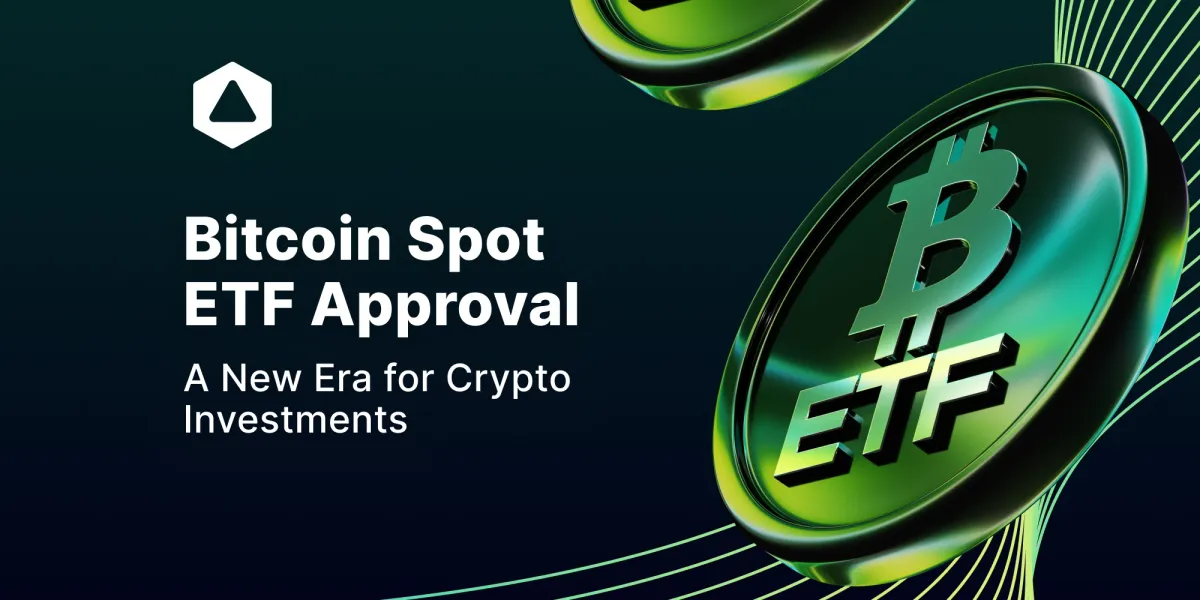
Bitcoin as a Standard On Many Fronts
Maybe we shouldn’t care if regulators give their blessings or don’t. What we see now is that Bitcoin, the network, has undergone a remarkable transformation since its inception in January 2009.
The bitcoin standard as a reserve world currency is not yet a reality. A store of value and hedge for inflation, yes - that can be crossed off. But what we see now is a big shift in the thesis of Bitcoin. As more applications find their way to Bitcoin, the focus is on its influence in shaping the future of decentralized applications (dApps).
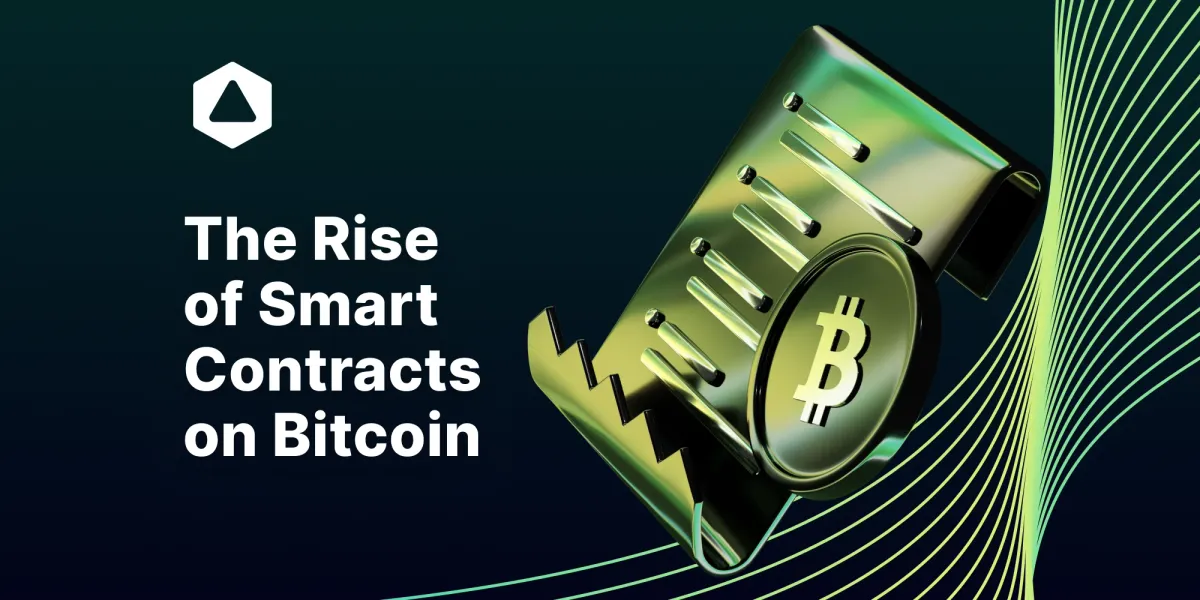
The evolution was evident for people who call themselves Bitcoin maximalists. As they saw, the introduction of infrastructure layers above the core Bitcoin network (Layer-1 or L1) as a game-changer, improving scalability and programmability. These layers aim to efficiently utilize the stability and security of Bitcoin, tapping into more than $850 billion in dormant capital.
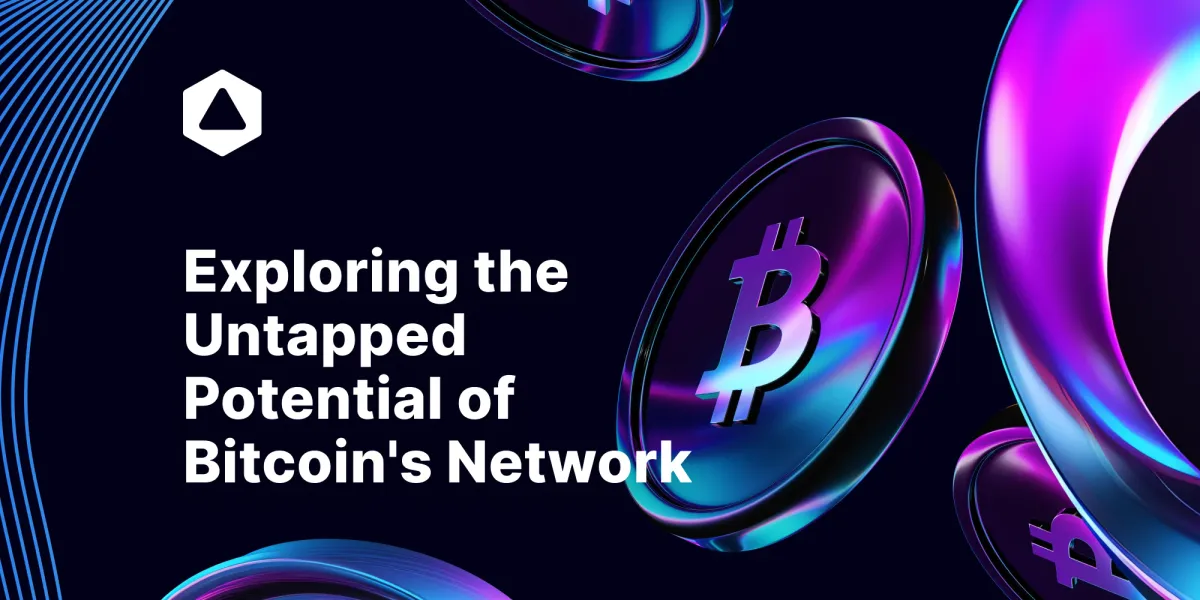
We can fairly say that this discovery of Bitcoin's final utility is in full progress and still ongoing, often in experimental stages. Similar to the early struggles of the Ethereum network with NFT and token projects in 2017. A pivotal moment for Bitcoin came with the introduction of Ordinals and a cultural shift towards "Building on Bitcoin," paving the way for protocols, token standards, and Bitcoin Layer-2 (L2) solutions.
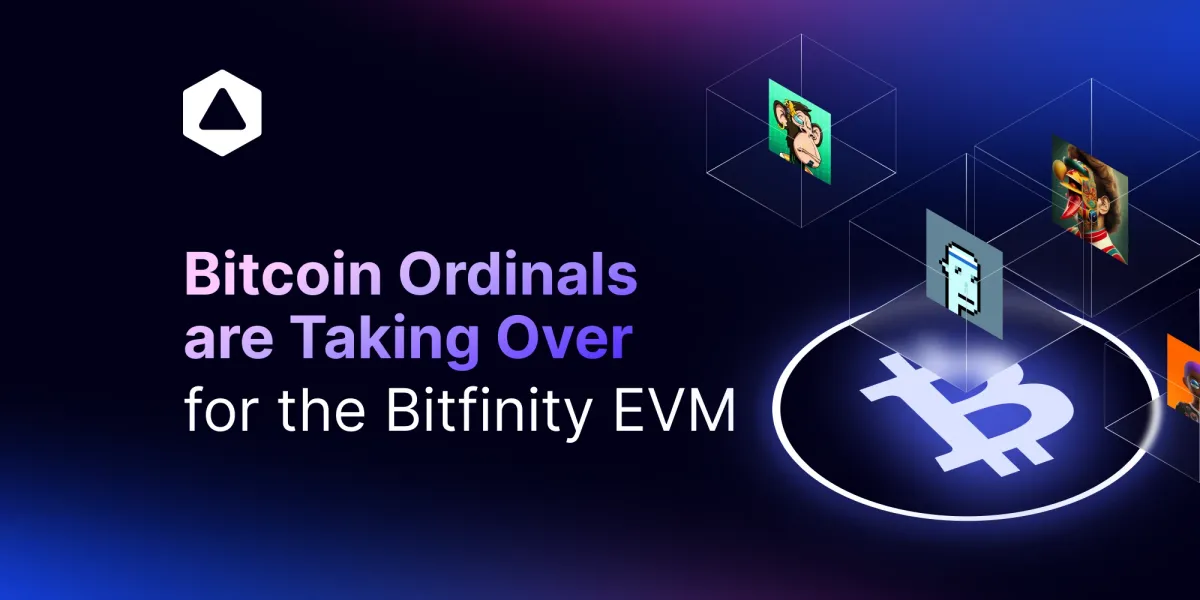
Ordinals, introduced in December 2022, brought the concept of immutable on-chain digital artifacts. This innovation has not only attracted a new wave of developers to the Bitcoin network but is expected to grow into billions in the market by the following years.
Defi on Bitcoin
With improved privacy, security, and scalability, Bitcoin is poised to support a wide range of financial applications, from traditional trading to DeFi solutions. These advancements position Bitcoin as a fundamental component in a secure, efficient, and inclusive financial landscape.
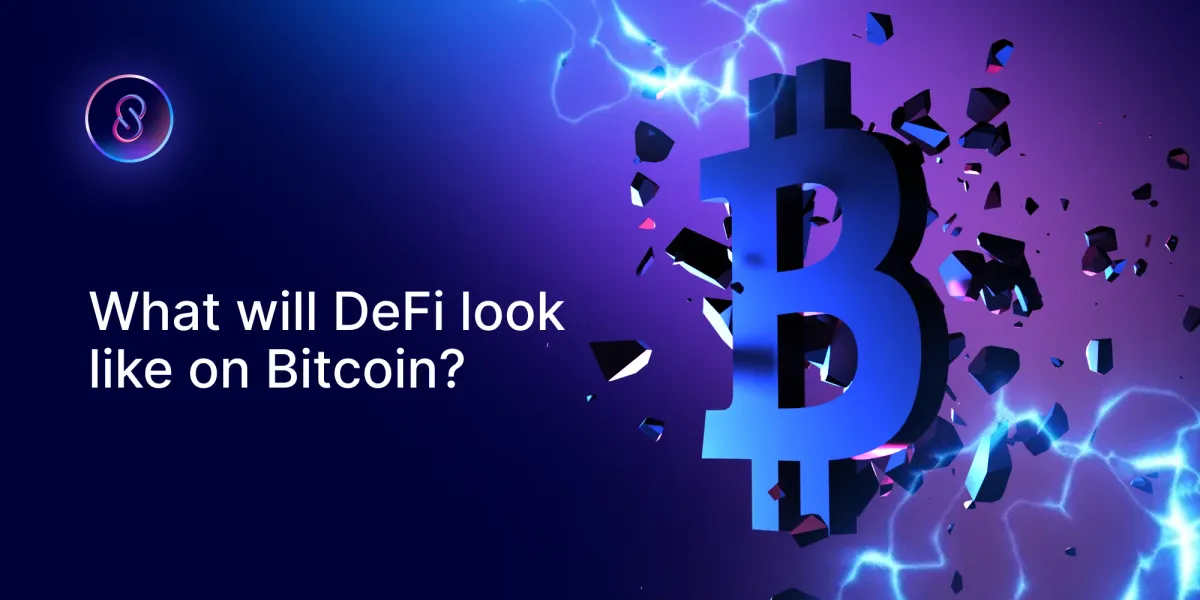
The future of finance on Bitcoin could become a reality, and with a transition that is nothing short of phenomenal, it can only be done with the help of Bitcoin Laye-2. And with the success of future L2 solutions will depend on their ability to offer full execution environments akin to EVMs, overcoming current limitations and fostering an inclusive development environment.
Bitfinity Providing a Stepping Stone in the Evolution of Bitcoin
With all the collaborative efforts ongoing, Bitfinity is joining forces with prominent developers from the Bitcoin and Ethereum communities to further integrate Bitcoin-centric assets into the EVM. This means a cooperative approach that seeks to not only advance asset protocols on the Bitcoin blockchain but also enhance the connectability between the Bitcoin and Ethereum ecosystems.
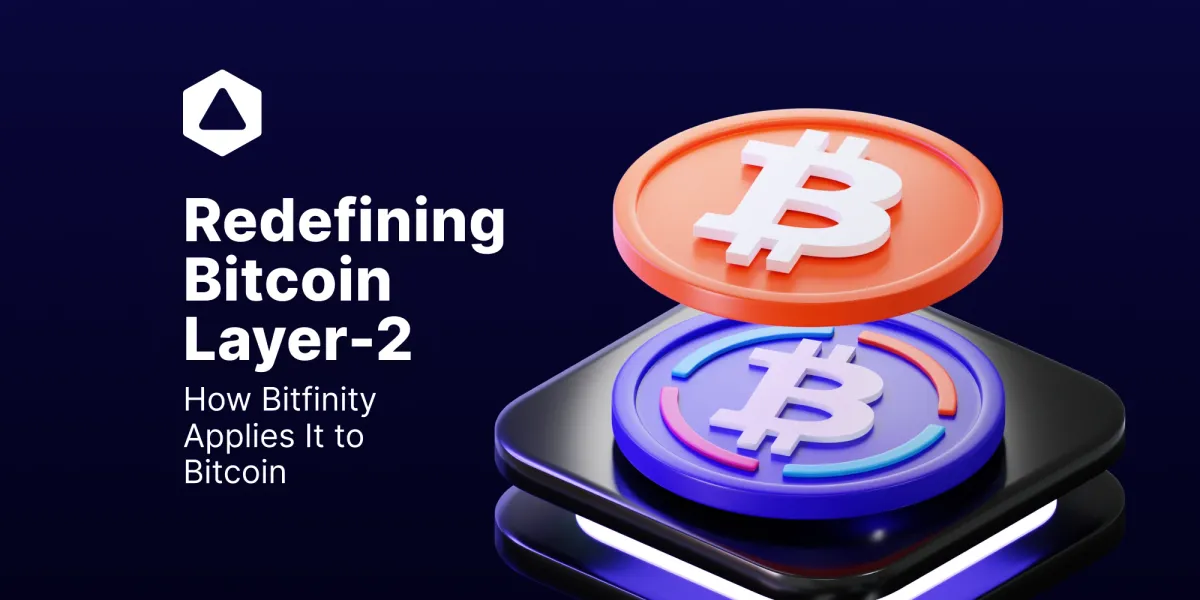
In the mid-term, significant breakthroughs are anticipated with advancements of Bitfinity sidechain to Bitcoin and the introduction of ckBTC, which promises to be a game-changer for Bitcoin DeFi in general.
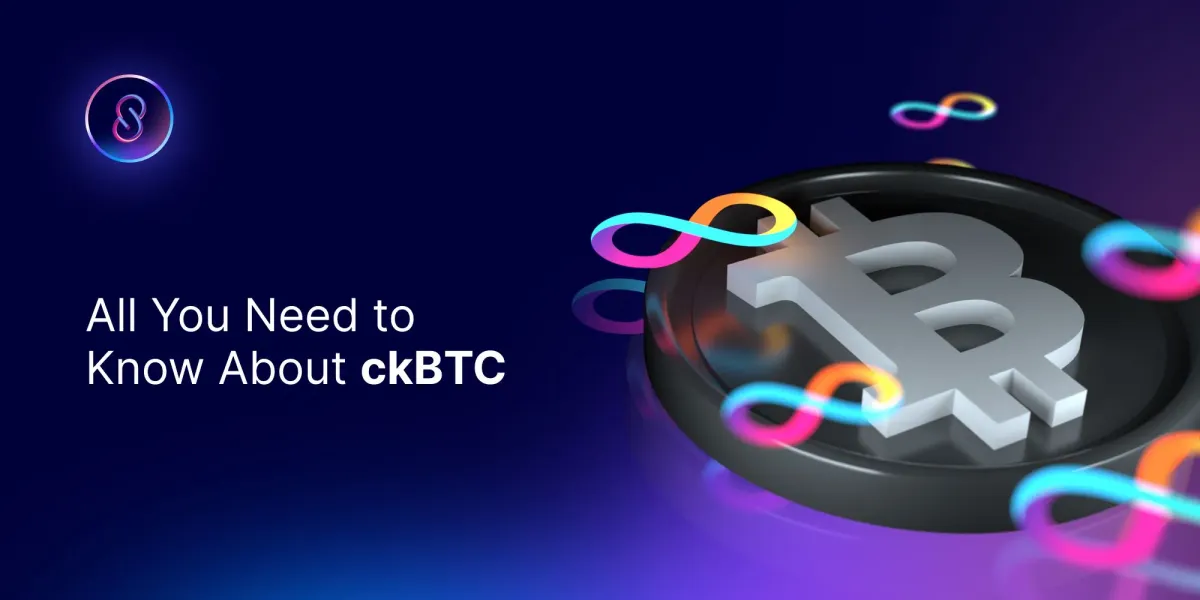
Bitcoin as an Unstoppable Force
We all know how it's going to end, Bitcoin is an unstoppable force and is a ‘fulfilling prophecy’ that will slowly come into reality. With an allure of easy and quick gains luring more people in to join the movement -- and eventually getting caught on to the transformative potential it represents.
As more individuals buy into Bitcoin, its price is likely to increase, which in turn enhances its significance on a global scale economy and draws the attention once more. And where it will show many skeptics a concept that many of them just fail to grasp. They often offer theories as to why Bitcoin cannot work, not realizing that Bitcoin's growth and adoption does not require their endorsement.
Conclusion
Bitcoin has come a long way since its inception in 2009. Originally introduced as a peer-to-peer electronic cash system, it has evolved into a digital store of value, decentralized network, and foundation for new applications.
Technological advancements are allowing Bitcoin to expand its use cases. Layer 2 solutions improve scalability for applications like DeFi on Bitcoin. Bitfinity as a Layer-2 aims to further integrate Bitcoin assets into Ethereum through a secure sidechain bridge and to provide a full framework where the EVM can be deployed and used on Bitcoin.
This means that after a decade of evolution, Bitcoin transformed into a decentralized digital store of wealth, network, and foundation for innovation, and it demonstrates its promise as an unstoppable, world-changing invention.

Connect with Bitfinity Network
Bitfinity Wallet | Bitfinity Network | Twitter | Telegram | Discord | Github

*Important Disclaimer: While every effort is made on this website to provide accurate information, any opinions expressed or information disseminated do not necessarily reflect the views of Bitfinity itself. The information provided here is for general informational purposes only and should not be considered as financial advice.



Comments ()